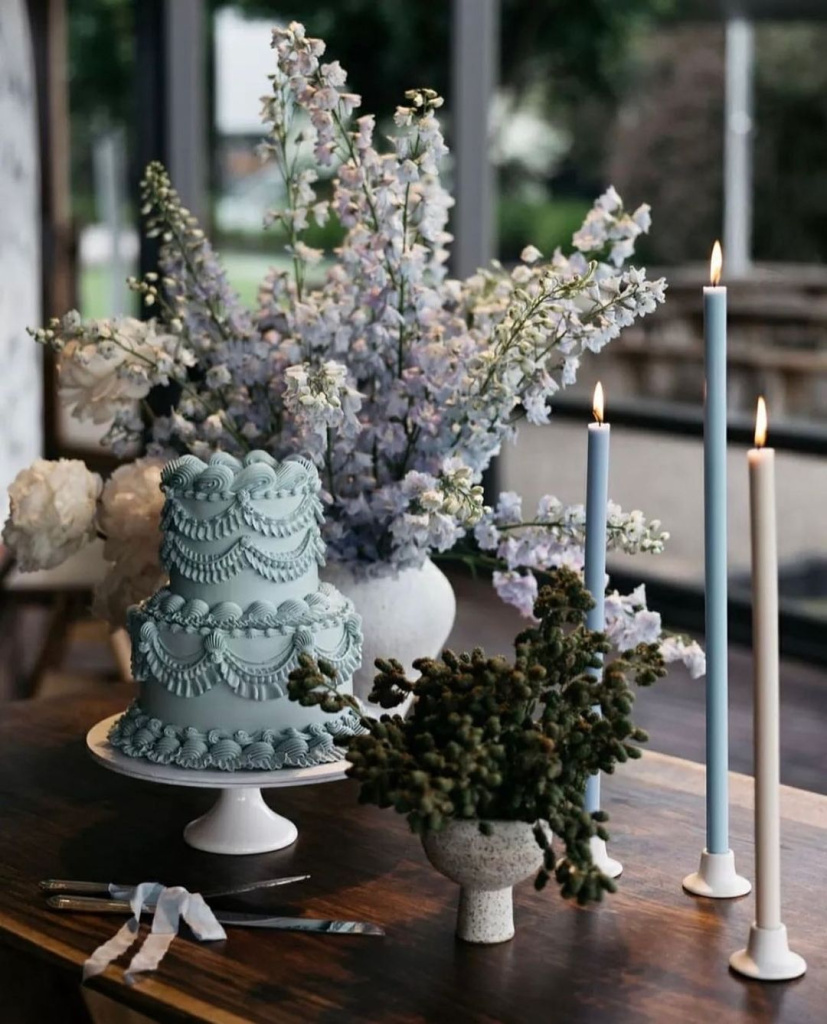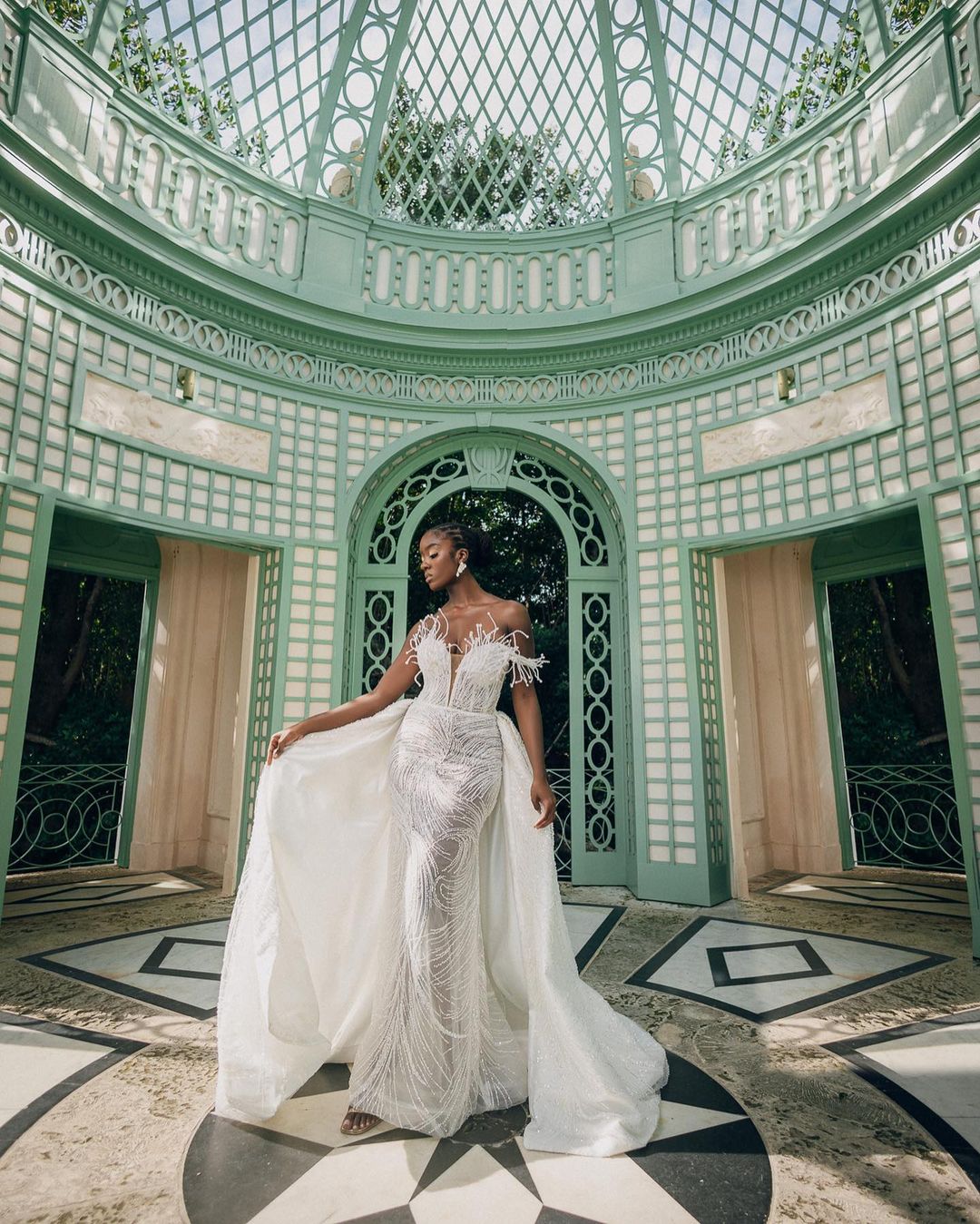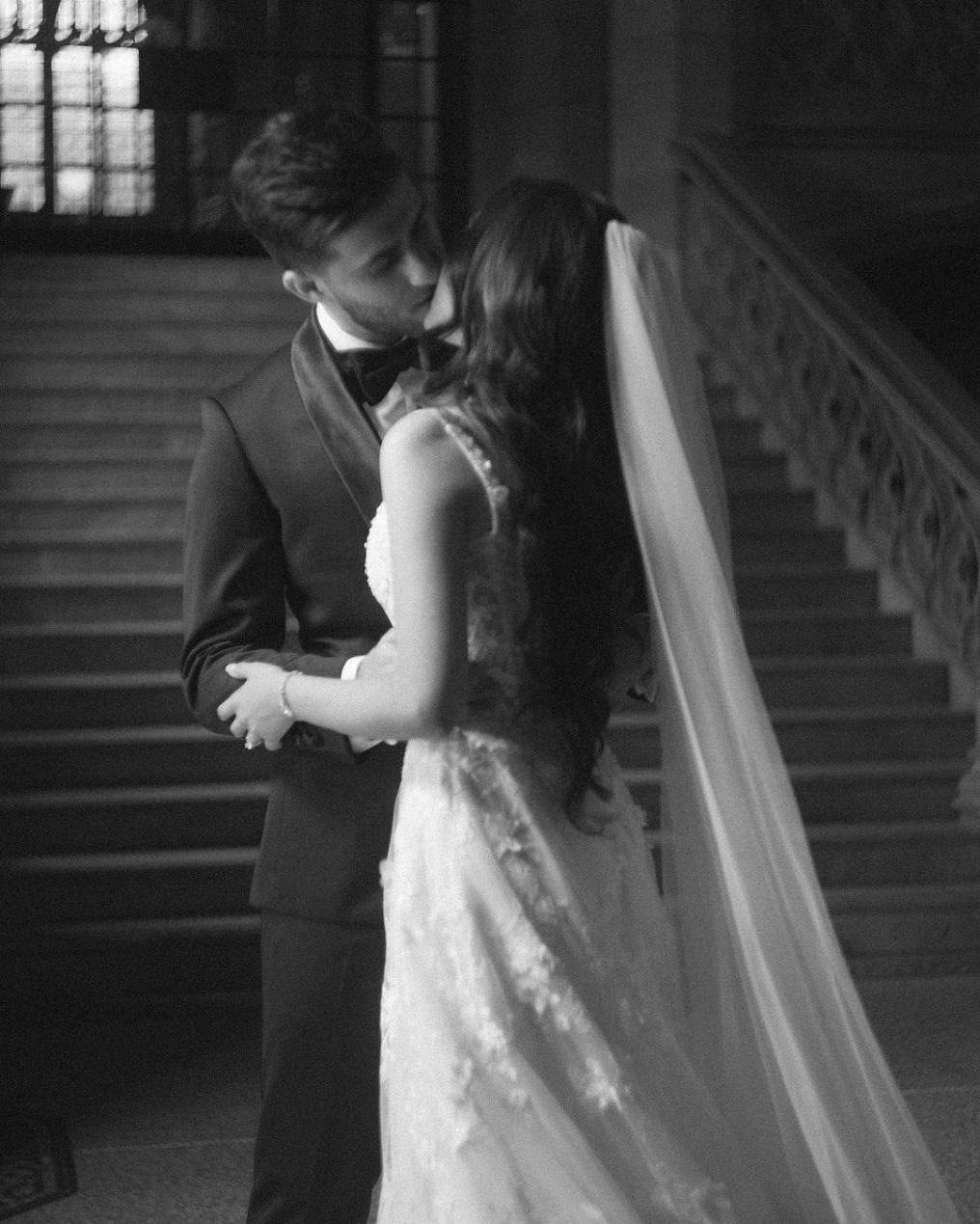Key Differences Between a Wedding Ceremony and Reception
- Author: Natali Grace Levine
- Reading time: 4 min 5 sec
- Publication date: 03/04/2024
- Updated: 06/18/2025
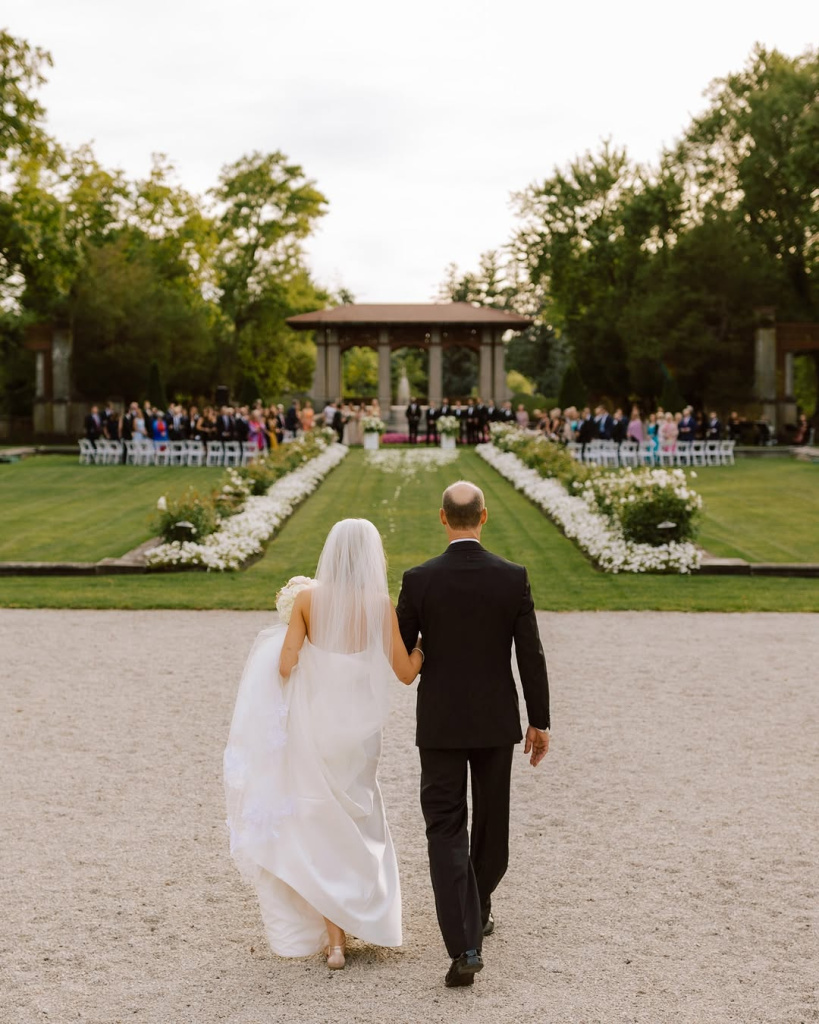
Weddings represent a major milestone overflowing with affection, elation, and revelry. Many engaged couples choose to split their special day into two key parts – exchanging vows at the wedding ceremony and then reveling at the wedding reception. Despite happening on the same date, the reception and ceremony play unique roles in commemorating the couple's new union. By understanding the distinct nature of the ceremony versus the reception, engaged couples can thoughtfully plan each occasion. The ceremony creates a solemn commemoration, while the reception produces a joyful celebration. Together, they mark a momentous matrimonial experience. Let’s compare these two integral wedding gatherings.

What is a Wedding Ceremony
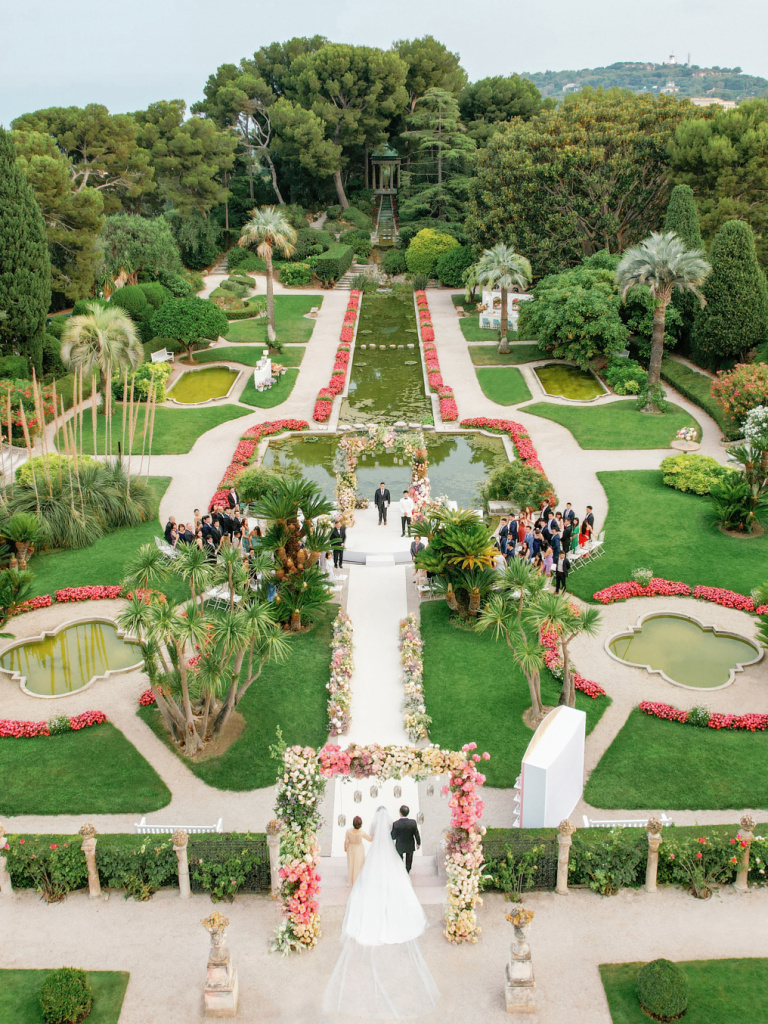
At the heart of the wedding day lies the wedding ceremony, the event where the couple officially exchange vows and are recognized as married by law and their community. The ceremony is a blend of solemnity and joy, marking a significant moment in the couple's journey.
Characterized by a structured sequence, the wedding ceremony includes various elements such as a bridal procession, readings, the exchange of vows, symbolic rituals, music, and the official pronouncement of marriage. Significant events include the bride's entrance, heartfelt readings by family and friends, the solemn exchange of vows and rings, meaningful gestures such as the lighting of a unity candle, and the memorable first kiss of the couple. The ceremony reaches its climax with the presentation of the newly married couple and their exit from the ceremony location.
This is the moment where the couple pledges their lives to each other in front of their dearest family and friends. The ceremony is not just a formality; it's a heartfelt commitment and sets the foundation for the couple’s shared future.
What is a Wedding Reception
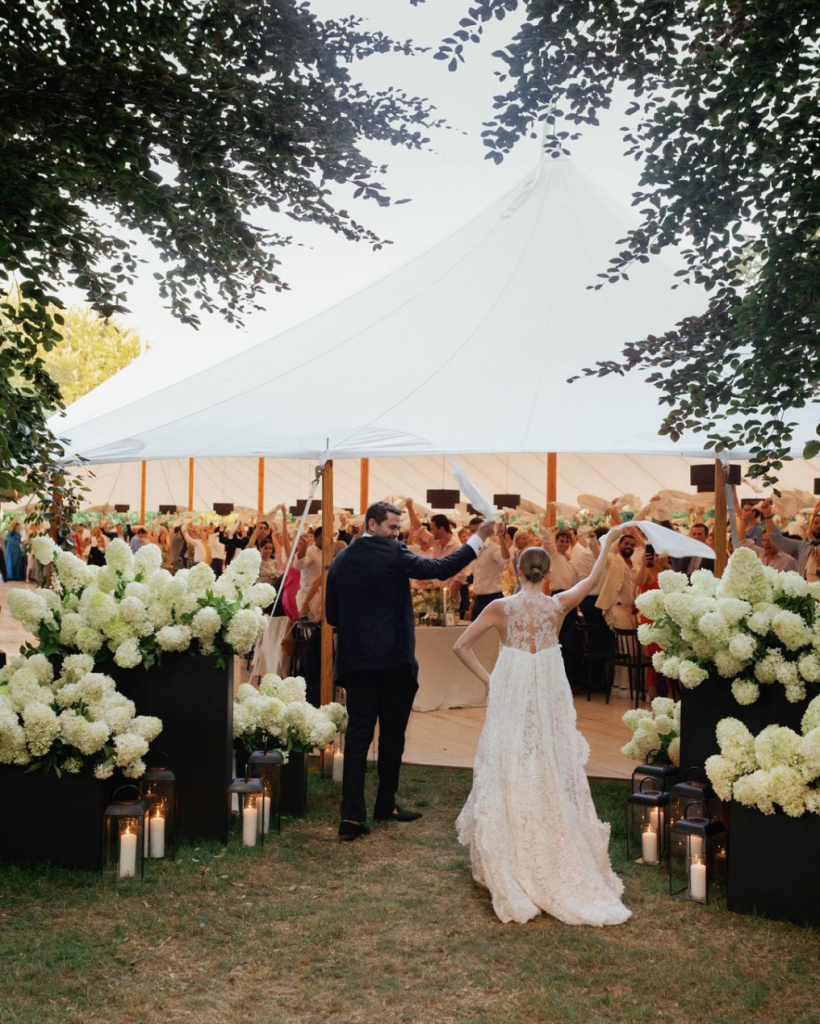
After the sincere formality of the wedding ceremony comes the celebration - the wedding reception! This event allows the newly married couple to eat, drink, dance, laugh, mingle, and revel in their first hours as a married couple.
A wedding reception tends to be larger, lighter, and more festive than the ceremony. There is no set structure, rather the party flows organically with food, toasts, dances, games, and open socializing. Some staples of the reception include a cocktail hour, a multi-course dinner, cutting the cake, throwing the bouquet, removing the garter, special dances, and open dance floor time.
The reception is hosted by the couple as a thank you for their guests who have traveled to celebrate with them. It's a chance for everyone to relax, have fun, and toast the newlyweds.
Wedding Reception vs Ceremony: Key Differences
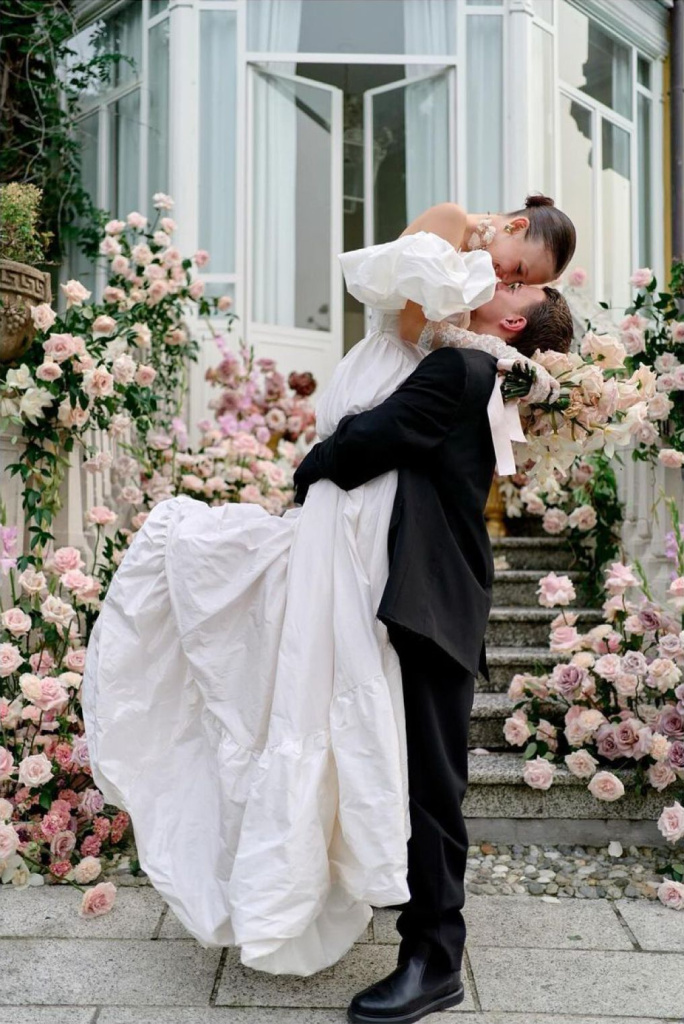
A wedding ceremony and wedding reception are often held on the same special day, but they are far from the same event. While the ceremony formalizes the couple's marital union, the reception allows for an elaborate celebration of their new marriage. Though complementary, the ceremony and reception have many key distinctions. From the setting to the guest list and everything in between, these two wedding events contrast in countless ways. Understanding the distinctions allows engaged couples to properly plan each occasion.
The Purpose
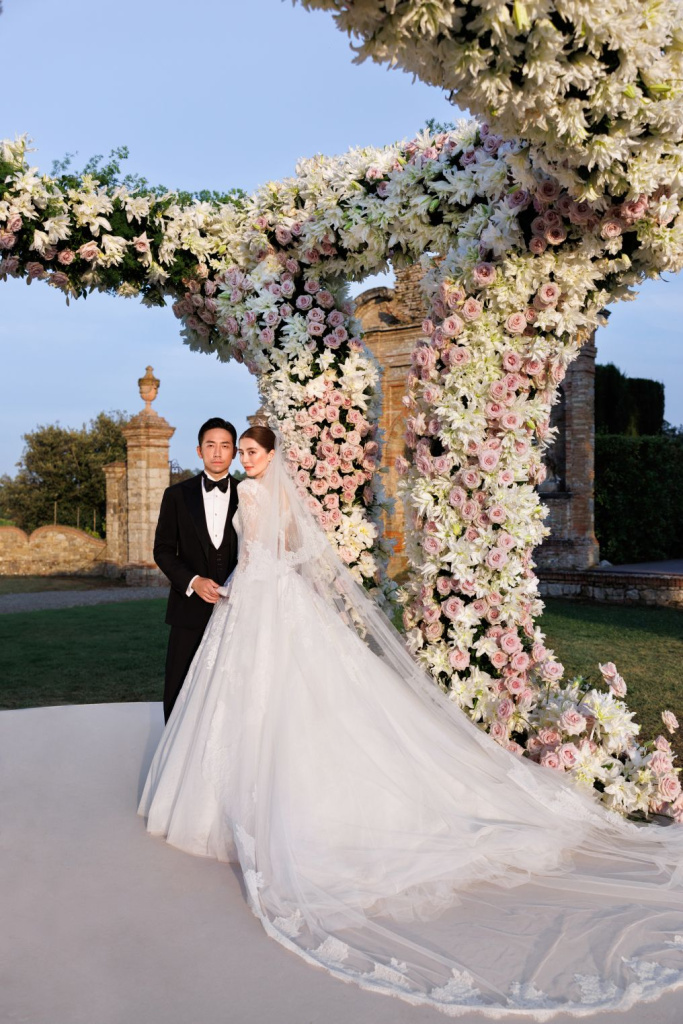
The wedding ceremony solemnly and sincerely joins the couple in matrimony. Traditional rituals and spoken vows seal their commitment to a lifelong partnership. A wedding reception, meanwhile, allows the newly pronounced husband and wife to rejoice and revel in their first hours as a married couple. The reception is a joyful celebration where everyone can relax, feast, dance, mingle, and congratulate the newlyweds. While the ceremony makes the couple's union official, the reception makes it celebratory.
The Structure
Wedding ceremonies closely follow a meaningful sequence of rituals and traditions. The processional, readings, vows, ring exchange, pronouncement, and recession all happen in a deliberate order. Receptions allow for more flexibility and spontaneity in structure. Special moments like first dances, toasts, bouquet tosses, and cake cutting occur throughout the party, but the order and additional activities are up to the couple. There is more room for creativity, personalization, and flow.
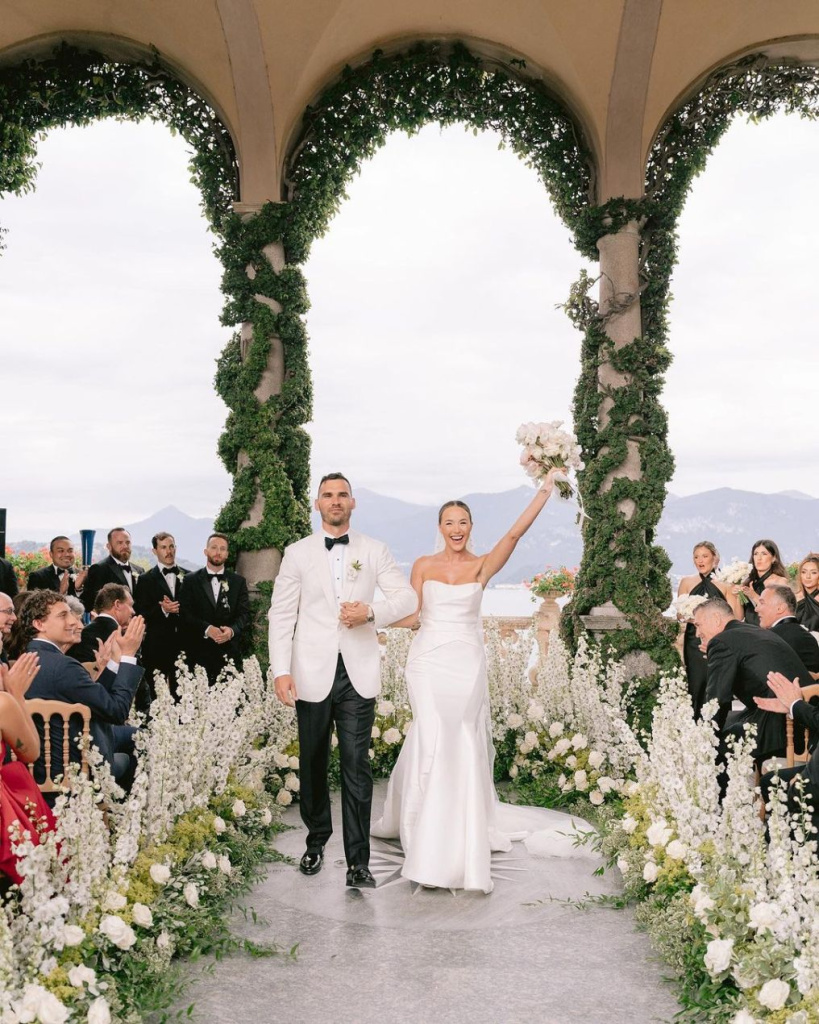
The Timeline
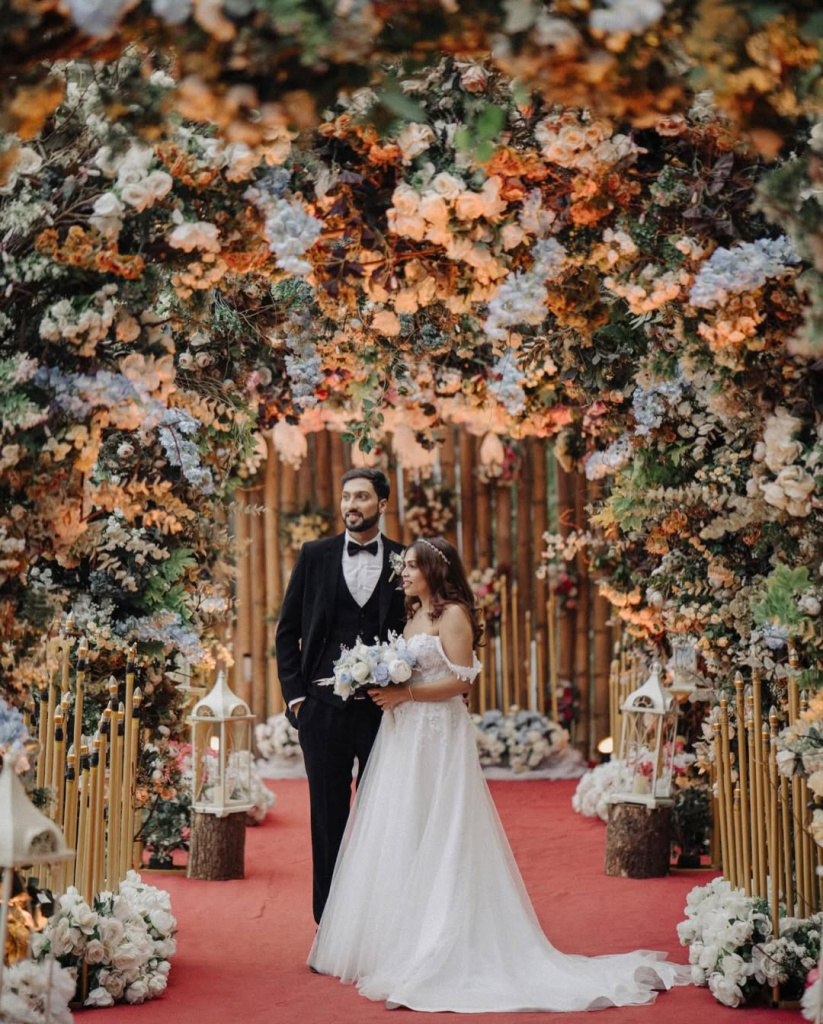
The wedding ceremony generally lasts under an hour to maintain a solemn tone. Receptions stretch for several hours or more to allow for festivities. Cocktail hour, dinner, and dancing ensure the celebration continues through the evening. While ceremonies feel quick and intimate, receptions are lengthy affairs designed for laughter, fun, and letting loose.
The Length
To keep the ceremony focused on the couple and their vows, the guest list is usually limited to fewer than 50 of their closest family and friends. Receptions often have 100-200 guests or more, including extended family, friends, coworkers, and community members. The intimate ceremony contrasts with a larger, grander reception where everyone can join.

The Venue
Ceremonies take place at venues with spiritual significance like churches, temples, mosques, or outdoor ceremonial sites. Receptions happen at venues designed for dining, drinking, and dancing like banquet halls, ballrooms, restaurants, hotels, or wedding venue spaces. The venue choice reflects the tone and activities of each event.
The Setup
The ceremony setup includes a simple altar, aisle runner, chairs, minimal decorations, and a focus on the couple. Receptions have guest tables, elaborate floral arrangements, lighting, photo booths, photo backdrops, a cake/dessert table, a bar area, DJ or band equipment, and a dance floor. The reception requires much more coordination for seating, catering, entertainment, and aesthetics.

The Attire
At the ceremony, brides wear formal white wedding gowns while grooms dress in classic tuxedos or suits. Bridesmaids and groomsmen also opt for formal wedding attire. While reception attire remains fancy, guests have more flexibility in cocktail dresses, dress suits, or formal cultural wear. Wedding party attire is more tailored than guest attire.
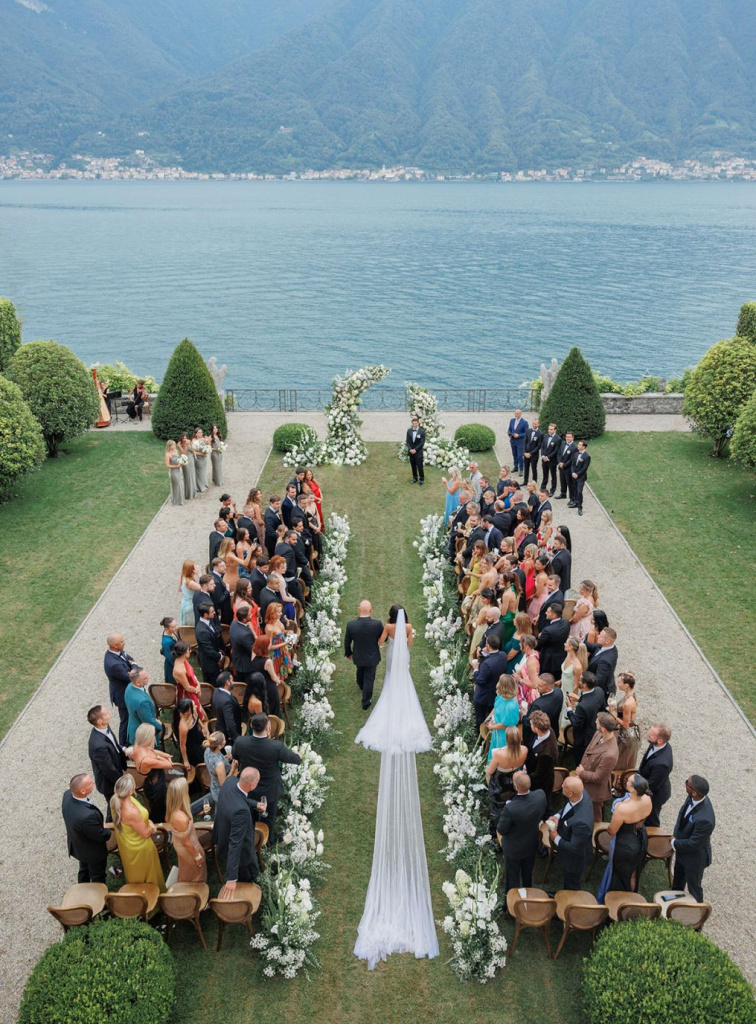
The Guests
The ceremony includes the couple's most intimate family and friends who will witness them exchange vows. Receptions expand to extended family, friends, coworkers, and community members. Inviting more guests to the reception allows everyone to share in the celebration, even if the ceremony remains small.

Clearly, the wedding ceremony and reception each play a special part in a couple's big day. Understanding their unique purposes, setups, and more allows engaged couples to appreciate and properly plan both occasions. Though different, the ceremony and reception come together to create a momentous wedding experience.












